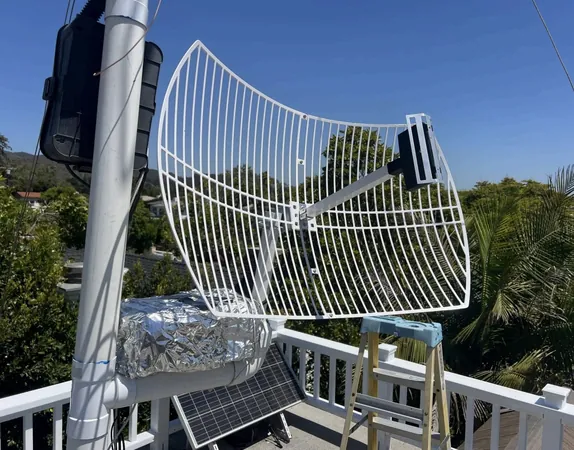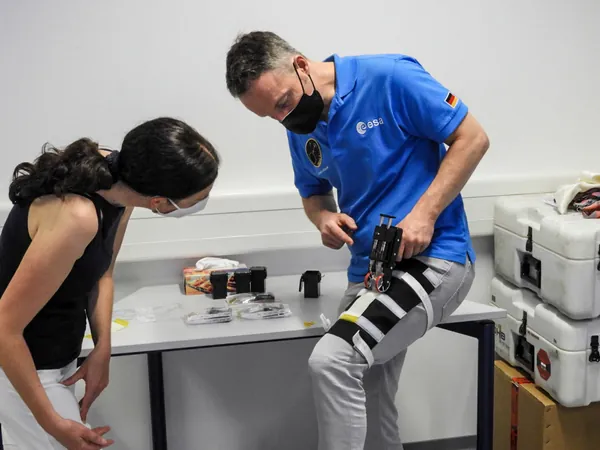
Build Your Own Home Radio Telescope and Unlock the Secrets of the Milky Way!
2024-11-07
Author: Jacob
Introduction
Imagine gazing up at the night sky, not with a traditional telescope but with a state-of-the-art radio telescope constructed right in your backyard! While many visualize massive dishes like those at the Very Large Array, you can actually create your own using something as simple as a one-meter satellite dish and a Raspberry Pi. The best part? You don’t need to be a seasoned electronics whiz to get started!
Recent Insights from Astrophysics
Recent insights from astrophysicist Jack Phelps reveal a groundbreaking approach to building your very own radio telescope. This setup is specifically designed to detect the 21-cm hydrogen emission line at a frequency of 1420.405 MHz. Why is this significant? Neutral hydrogen makes up a substantial portion of the universe’s matter, and with its relatively high abundance, the signal it emits is a goldmine for amateur astronomers.
Understanding the 21-cm Hydrogen Emission Line
This distinctive 21-cm line is a result of a hyperfine transition—when a hydrogen atom’s electron flips its spin. The beauty of this emission is its sharpness; any variance in frequency can reveal the motion of hydrogen clouds, helping astronomers map out the distribution of matter in our galaxy.
Contribution to Dark Matter Research
Delve deeper, and you’ll uncover that the hydrogen emission line has been a crucial tool in the discovery of dark matter within our galaxy. By tracking these signals, astronomers have gained insight into the very structure of the Milky Way and its rotation. What if you could be part of this exploration from your own home?
Exploring Beyond Hydrogen
But the wonders don't stop at hydrogen. With your homemade radio telescope, you can also tune into other celestial bodies! The Sun, known for its powerful radio signals, is a sensational target, as is Jupiter, which emits a strong radio presence of its own.
A New Era of Accessibility in Astronomy
This endeavor isn't just a hobby; it’s a journey into the realm of space exploration that anyone can embark on. Whether you're a seasoned astronomer or just starting, the knowledge shared through Phelps' paper highlights the newfound accessibility of radio astronomy.
Join the Exploration!
Why let professional astronomers have all the fun? With just a bit of effort, you can immerse yourself in the thrilling quest to unveil the mysteries of our universe, right from your own backyard. Open the door to the cosmos—start building your radio telescope today and join the thousands already venturing into this captivating field! Who knows what cosmic secrets you might uncover next?









 Brasil (PT)
Brasil (PT)
 Canada (EN)
Canada (EN)
 Chile (ES)
Chile (ES)
 España (ES)
España (ES)
 France (FR)
France (FR)
 Hong Kong (EN)
Hong Kong (EN)
 Italia (IT)
Italia (IT)
 日本 (JA)
日本 (JA)
 Magyarország (HU)
Magyarország (HU)
 Norge (NO)
Norge (NO)
 Polska (PL)
Polska (PL)
 Schweiz (DE)
Schweiz (DE)
 Singapore (EN)
Singapore (EN)
 Sverige (SV)
Sverige (SV)
 Suomi (FI)
Suomi (FI)
 Türkiye (TR)
Türkiye (TR)